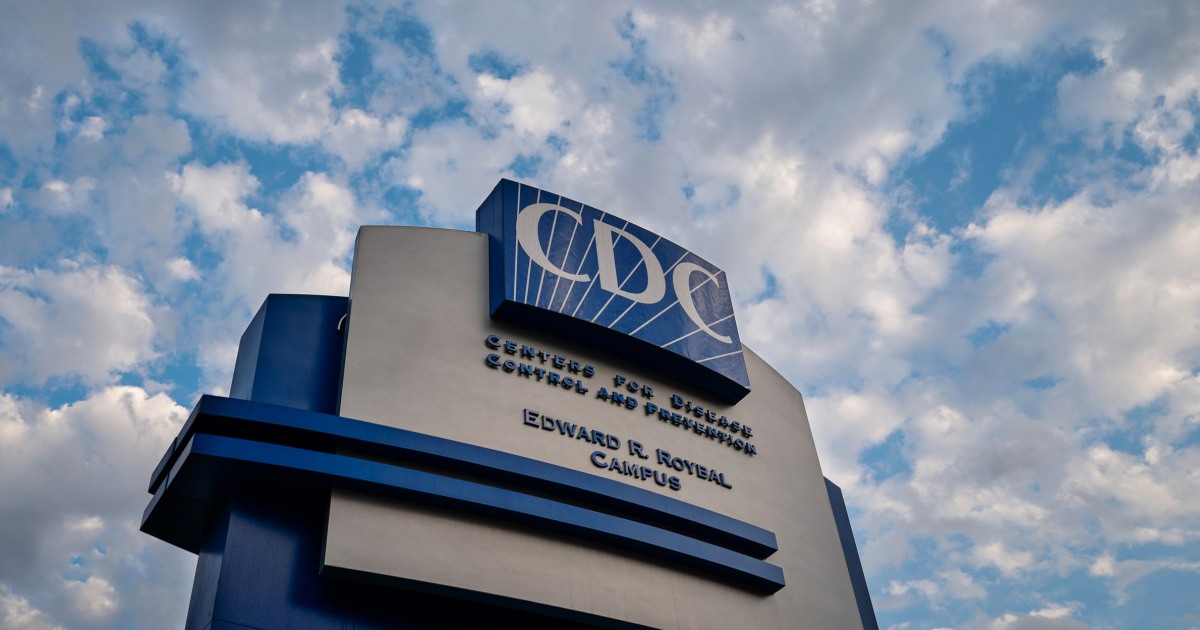
Over the last month, norovirus has been circulating in the Northeast at the highest rates since April of last year.
The region has been seeing over 13% of norovirus tests come back positive, on average, since late January, according to data from the Centers for Disease Control and Prevention. That’s a higher share than in any other part of the U.S. right now, but lower than the region’s rate at this time last year.
Norovirus is somewhat seasonal — cases occur most frequently in cold months (late fall, winter and early spring). Nationally, norovirus positivity rates have been hovering between 10% and 12.5% since early January. By comparison, last year’s peak rates exceeded 16% in mid-March.
Western states have been hit the second-hardest — the area saw a three-week positivity rate of 12% as of Saturday.
Norovirus is often referred to colloquially as the stomach flu, but it is not related to influenza. The highly contagious virus generally causes gastrointestinal symptoms like vomiting, nausea, diarrhea and stomach pain. Mild fever and aches can occur, too.
Norovirus spreads easily on hands and surfaces — just a few particles are enough to make someone sick, and people with the illness shed billions of virus particles in their stool and vomit. The virus can linger on objects and surfaces for days or even weeks.
An infected person can transmit norovirus even after feeling better, potentially for up to two weeks, according to the CDC.
The virus also spreads via contaminated food, which is why it is sometimes referred to as “food poisoning.” Norovirus is the leading cause of foodborne illness in the country. Food can get tainted if fruits or vegetables are grown or washed in contaminated water.
Oysters also pose a norovirus threat if harvested from contaminated water. Currently, the FDA is advising restaurants, retailers and consumers to avoid selling or eating some oysters from Baja California and Sonora, Mexico.
In December, a norovirus outbreak linked to a North Carolina sushi restaurant sickened at least 241 people.
Most norovirus outbreaks in the U.S. happen between November and April. On average, the country sees around 20 million cases per year.
There is no treatment for the virus, but the CDC recommends drinking lots of fluids to prevent dehydration. The illness typically passes within days.






